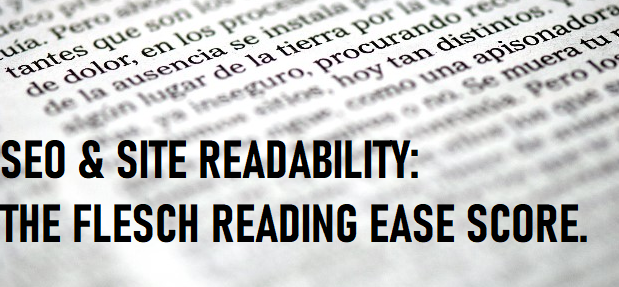
#image_title
In the ever-changing world of SEO, there’s a vital element that often goes unnoticed but can have a big impact on your website’s performance. Let’s dive into the world of the Flesch Reading Ease Score and its crucial role in SEO.
What is the Flesch Reading Ease Score?
The Flesch Reading Ease Score is a test created by Rudolf Flesch in 1948. Its purpose is simple: to measure how easily people can understand a piece of text. It looks at two main things:
- Sentence Length: Shorter sentences are easier to understand. Long sentences make content more complex.
- Syllable Count: Words with more syllables are harder to read. The score looks at the average number of syllables in words.
Scores range from 0 to 100. Higher scores mean easier readability. Here’s a rough guide:
- 0-30: Very difficult (college graduate level).
- 60-70: Standard (8th to 9th-grade level).
- 90-100: Very easy (5th-grade level).
Why Does Readability Matter in SEO?
You might wonder, “Why should I care about readability in SEO?” Well, here’s why it’s a big deal:
- Better User Experience: Online, user experience is key. People prefer content that’s easy to read. High readability keeps your audience engaged and on your website, not bouncing away due to confusing content.
- Improved SEO Rankings: Search engines, especially Google, are getting better at assessing user experience. Readable, user-friendly content tends to rank higher. Google knows that easy-to-understand content is essential.
- Featured Snippets: Google often picks content with high readability for featured snippets in search results. This can boost your website’s visibility and traffic significantly.
- Lower Bounce Rate: When your content is easy to read, people stay longer, explore more, and your bounce rate goes down. Low bounce rates tell search engines your website is worth visiting.
How to Boost Your Flesch Reading Ease Score
Now that you understand the importance of readability in SEO, here are tips to improve your score:
- Shorter Sentences: Break long sentences into shorter ones for easier reading.
- Use Simple Words: Go for plain language. Avoid jargon and complex words when possible.
- Bullet Points and Subheadings: Organize your content with bullet points and subheadings. They make information easier to skim.
- Active Voice: Use active voice instead of passive. It’s more direct and easier to understand.
- Edit and Proofread: After writing, edit and proofread your content. This helps fix complex or unclear passages.
- Use Tools: Use online readability tools to check your Flesch Reading Ease Score. Many content management systems have plugins for this purpose.
The Flesch Reading Ease Score: Your SEO Superpower
In the intricate world of SEO, it’s often the small details that make the most significant impact. The Flesch Reading Ease Score is one such detail. When you optimize it, your website’s user experience and SEO rankings can dramatically improve. By focusing on readability, you’re not only making your content more accessible; you’re creating a more SEO-friendly digital presence that attracts and retains your audience.